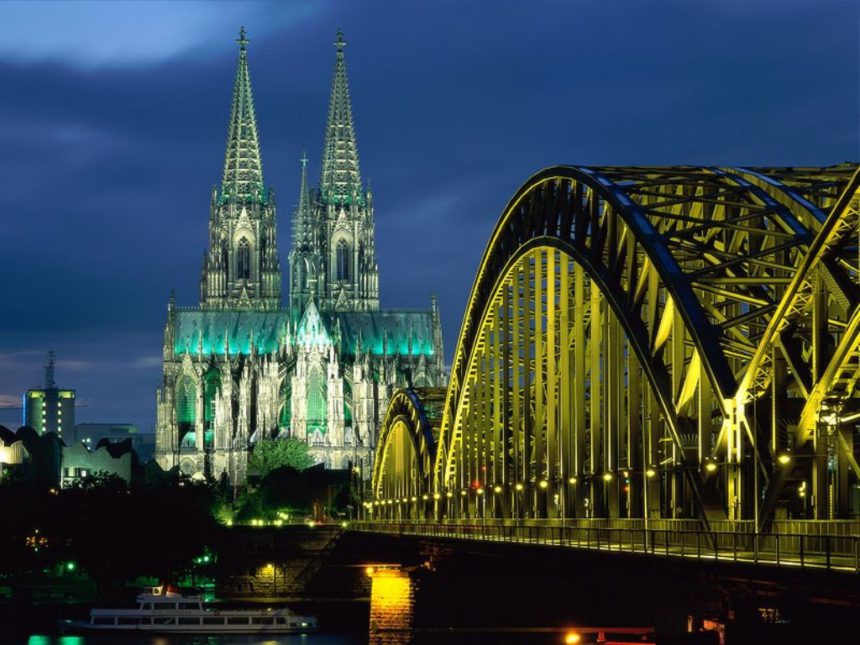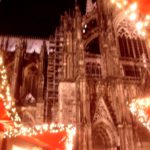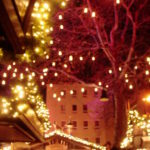1. Have a drink of Kolsh. Kölsch beer is as much a part of Cologne as the Rhine river. The city is dotted with hundreds of brewhouses, where a lively and friendly atmosphere invites tourists to delve into one of the most important German traditions. You can take a seat alongside with locals on large wooden tables and embrace Kolner’s endearing traditions: waiters will continue to place Kölsch beer without you ordering, just until you place a beer mat over your glass to indicate that you have had enough.
2. Discover the history behind the fragrance. Have you ever wondered where does the famous ‘Eau de Cologne’ comes from? When visiting this beating city, you cannot miss the world’s oldest fragrance factory, as you discover the history behind the perfume. The original fragrance was launched in 1709 by Giovanni Maria Farina, an Italian perfume maker from Santa Maria Maggiore Valle Vigezzo. As he came up with the delicious fragrance, Farina wrote to his brother: “it reminds me of an Italian spring morning, of mountain daffodils and orange blossoms after the rain”. so don’t miss a visit to the Fragance Museum Farina Haus, where the formula that to this day remains a secret is produced since 1709.
But if you miss carnival season, you can still get a taste of the most exhilarating German celebrating at the Cologne Carnival Museum, where you can take a journey through the ages and enjoy some of its highlights, such as “the Fool”, “Lent and Shrovetide”, “Commedia dell’Arte”, “Carnival in Crisis” and “Carnival during Germany’s Economic Miracle”. The exhibition offers a fascinating insight into the different facets of carnival in the Rhineland, ranging from carnival “Sitzungen” (sessions) to Cologne’s parades.
This article was originally published on April 5 2011 at Trifter.





Leave a Reply